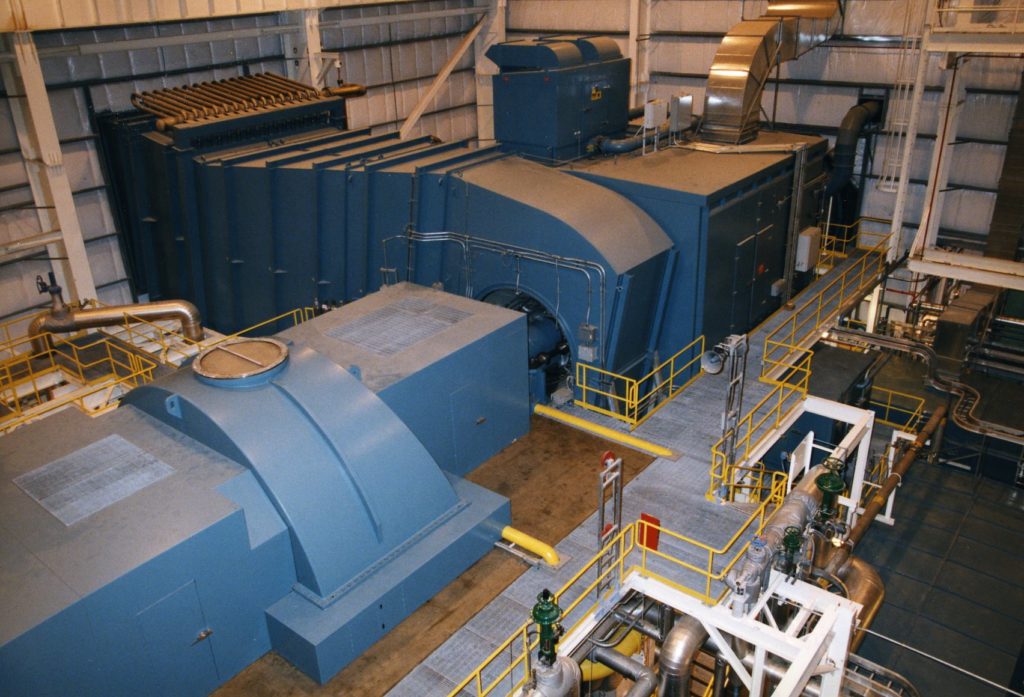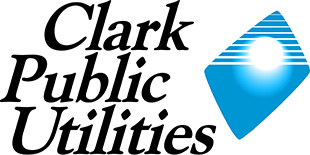Planning Today to Meet Tomorrow’s Needs
Clark Public Utilities is committed to delivering its customers the most reliable and affordable power possible while staying compliant with federal and state laws, being good stewards of the environment, and remaining flexible in an era of rapidly evolving technology and marketplace realities.
The Integrated Resource Plan (IRP) helps inform those goals, and outlines what resources the utility needs to meet forecasted energy demands in the most efficient, cost-effective way possible.

About Our IRP
Under the Energy Independence Act 19.280 RCW, all electric utilities with more than 25,000 customers must develop and update resource plans or integrated resource plans and make them publically available every two years. The IRP is updated in-full every four years, with progress reporting and updating of the most current version every two years. Utilities must also submit plans and updates to the Washington State Department of Commerce, who then forwards aggregated reports to the state legislature.
Clark Public Utilities is one of 18 utilities in the state that are subject to this law. Those utilities provide 80 percent of the power sold to retail customers in the state.
Clark Public Utilities provides electricity service throughout Clark County and water services to homes and businesses in unincorporated areas of the county.
While physical resources like hydroelectric dams and power plants provide the actual electricity consumed in Clark County, Clark Public Utilities also uses energy conservation programs as an energy resource.
Simply put: when we conserve electricity locally it reduces the need for additional physical resources and allows the utility to serve more customers and businesses without the need to build and maintain new electric generation capability. Often times energy conservation programs are the most cost effective resource which is why Clark Public Utilities has offered robust conservation programs for the last 40 years.
Clark Public Utilities Fuel Mix
Clark Public Utilities procures electricity from an array of resources.
Under the fuel mix disclosure law, RCW 19.29A, Washington utilities are required to report the sources of power used to serve their customers. The Department of Commerce collects and publishes this data annually. The most recent published data is for the year 2023. For more information visit the Washington Department of Commerce’s fuel mix reporting page.
- 40.06 percent is hydropower purchased from the Bonneville Power Administration
- 31.77 percent is produced at Clark Public Utilities River Road natural gas-fired generating plant
- 5.75 percent is produced by nuclear electricity (BPA purchases the output of the Columbia Generating Station located in Richland Washington)
- 10.71 percent is wind power generated at the Combine Hills II wind farm near Milton Freewater, OR
- 2.36 percent is produced by solar power.
- .11 percent is produced by biogas
- .40 percent is produced by biomass
- 8.84 percent is market purchased power from non-specified sources
 Important Considerations and Requirements
Important Considerations and Requirements
Resource planning is a priority task for the utility, as power supply costs comprise the largest portion of the electric utility’s budget each year. Such a large component of the budget requires strategic, careful planning to secure the most fiscally responsible and pragmatic fuel mix and resources to meet customer needs while balancing clean energy requirements and prioritizing affordability, reliability and sustainability.
Our area is served largely by clean and renewable hydropower. Much of our supply comes from the Bonneville Power Administration, a federal agency that markets hydroelectricity. The next largest portion of our power comes from the River Road Generating Plant (RRGP), a combined-cycle combustion turbine fueled by natural gas. Located in Vancouver, it was completed in 1997. RRGP serves load during most periods but is displaced when it is economic to do so. The addition of the RRGP Flexibility product allows Clark Public Utilities to ramp the plant down for short periods of time which will increasingly lower carbon emissions. The remainder of our power supply is produced by a combination of wind, nuclear and market purchases from non-specified sources. Annual fuel mix reports are published by the Washington Department of Commerce and Clark Public Utilities most recent published fuel mix numbers are listed on this webpage.
Among other requirements, the IRP must include:
- A range of 20-year load forecasts;
- An assessment of commercially available conservation and energy efficient resources;
- An assessment of commercially available, utility scale generating technologies, including a “buy versus build” comparison;
- A comparison between renewable and nonrenewable resources;
- An assessment of methods, commercially available technologies, or facilities for integrating renewable resources;
- An assessment of a plan to implement the least expensive resources to meet demand;
- A short-term plan to identify actions that are consistent with the IRP.
Issues on the local, state, and national levels make long-term planning a challenge. For example, the Bonneville Power Administration, has existing long term, cost based, 20-year purchase power agreements that expire in 2028. The dominant part of our power supply is this cost based, renewable, reliable, dependable hydropower.
Clark Public Utilities’ 2020 IRP met the requirements of the Energy Independence Act (EIA) and the Clean Energy Transformation Act (CETA), including, for the first time, a Clean Energy Action Plan (CEAP). In addition, Clark Public Utilities filed its first Clean Energy Implementation Plan (CEIP) with the Washington Department of Commerce on December 29, 2021. The projected resource portfolios included in the 2024 IRP are consistent with the 2021 CEIP.
Delivery and Other Important Dates
- The 2024 full IRP is complete and was submitted to the Washington Department of Commerce in 2024
- A progress report on the 2020 IRP, the 2020 IRP Update, was submitted to the Washington Department of Commerce in September 2022
- The 2020 IRP was submitted to the Washington Department of Commerce in September 2020
Historical Archive Documents
2020 Integrated Resource Plan Update – Submitted September 2022
2020 Clark Public Utilities Integrated Resource Plan – Submitted September 2020

